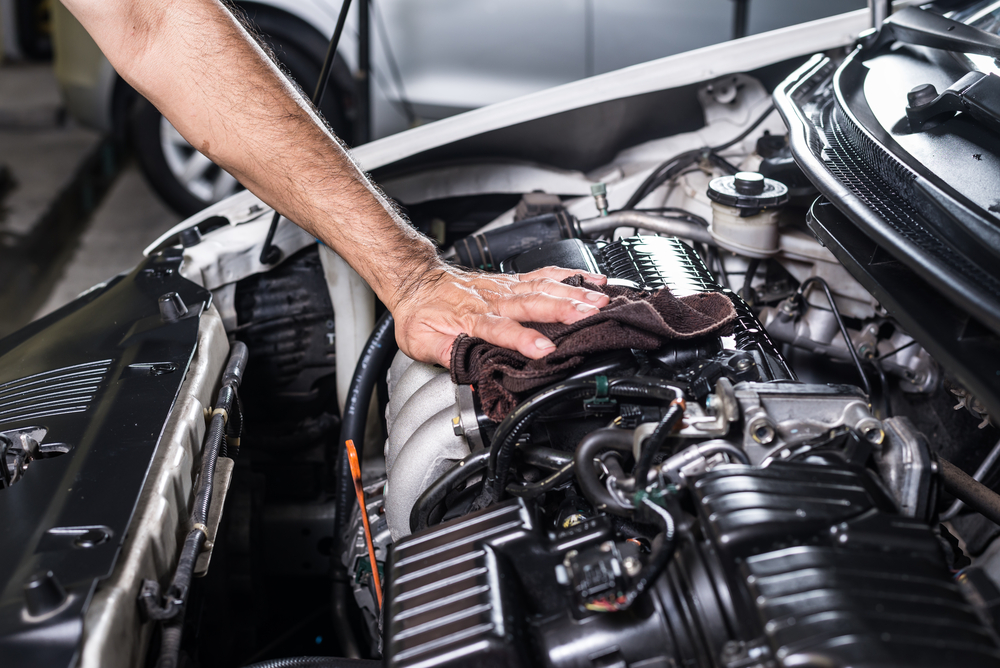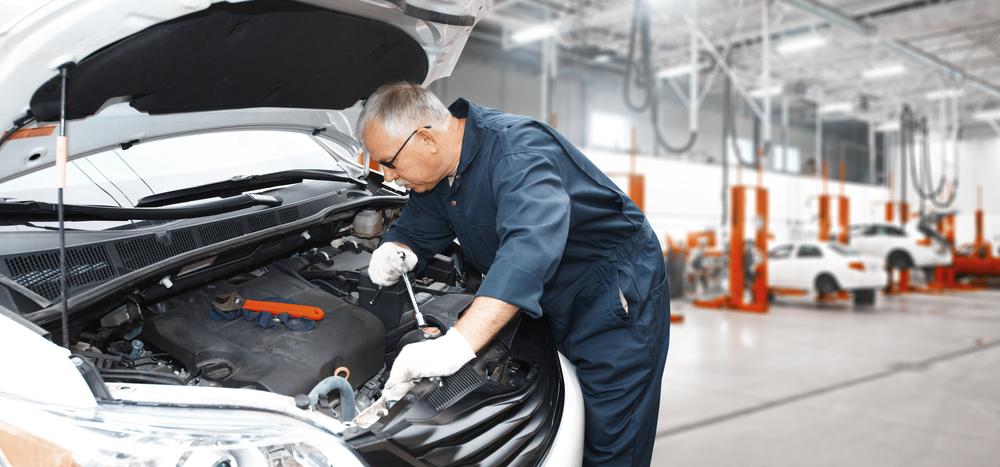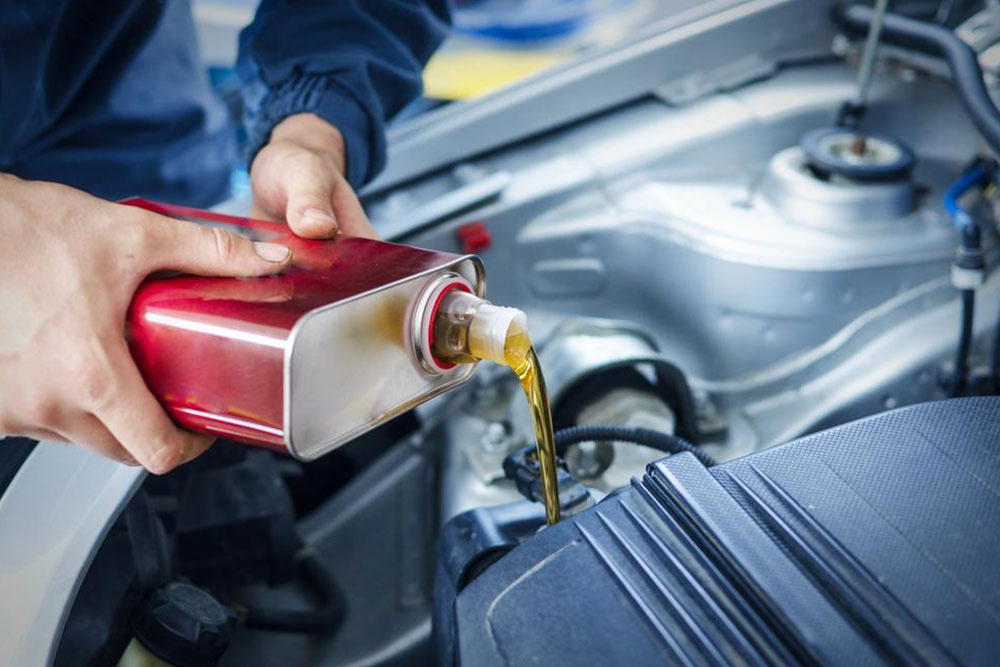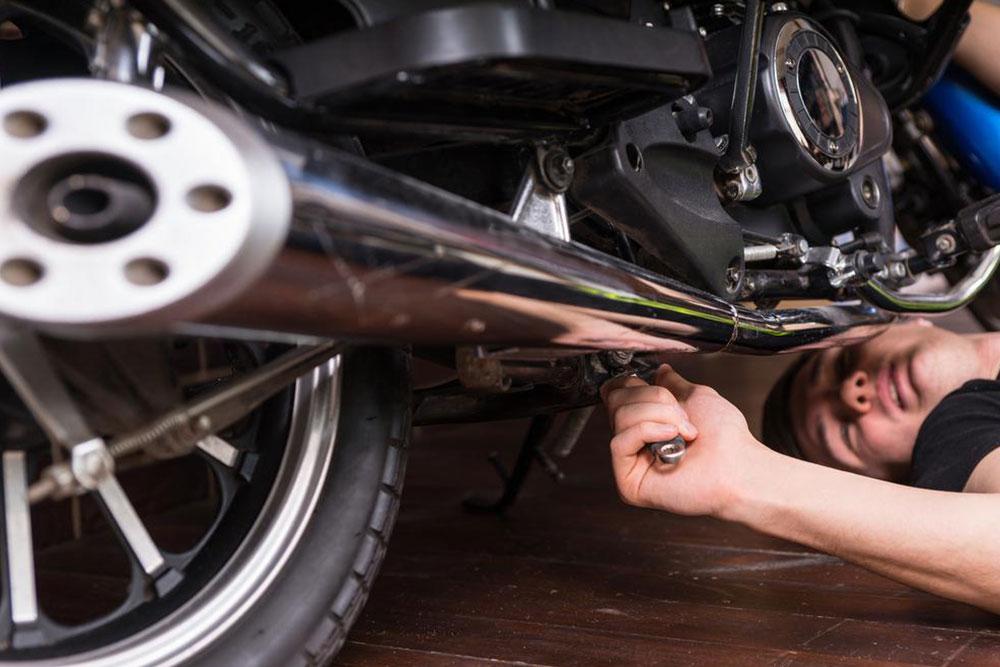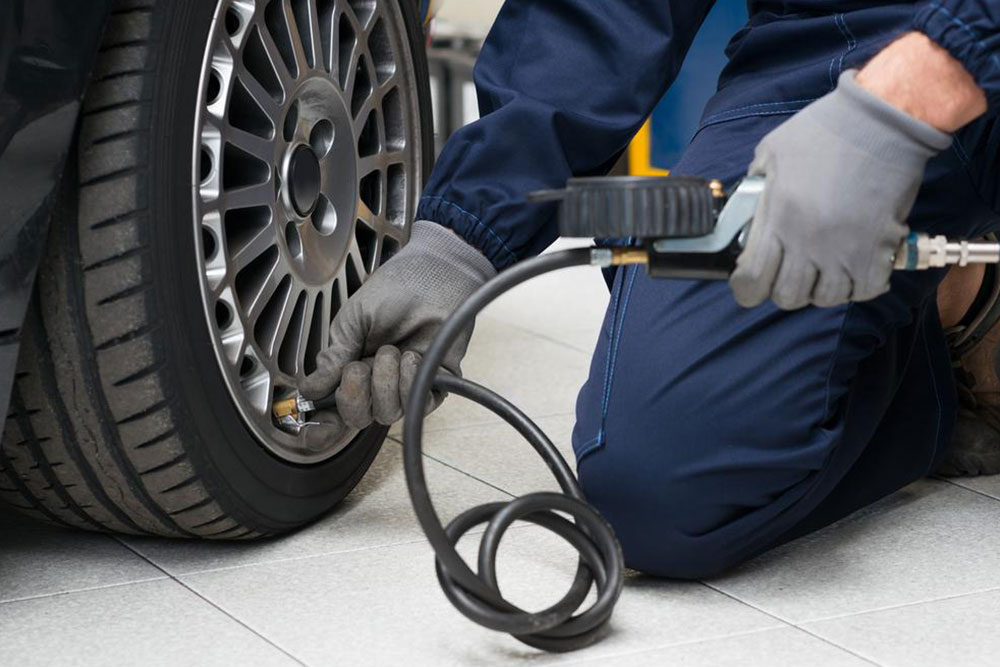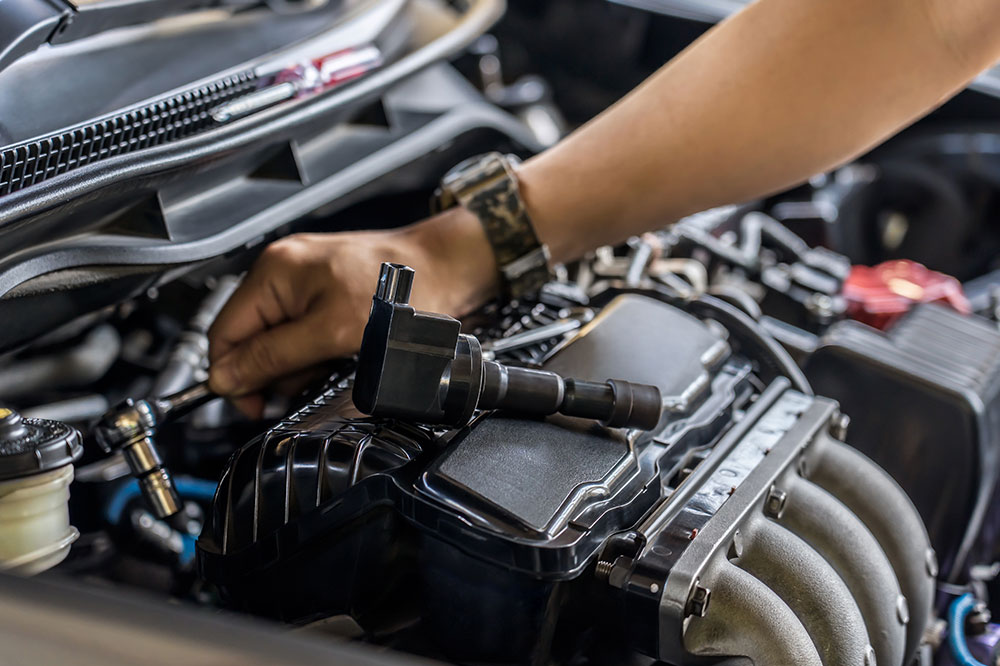Comprehensive Monthly Car Maintenance Guide for Vehicle Reliability
This comprehensive guide provides essential monthly car maintenance tips to ensure vehicle safety, reliability, and efficiency. It covers oil checks, tire inflation, battery health, filter replacements, windshield wiper upkeep, and lubrication tips. Regular upkeep not only extends your vehicle’s lifespan but also prevents costly repairs. Following these detailed steps can help drivers maintain optimal vehicle performance and enjoy worry-free driving all year round. Stay ahead of potential issues with routine monthly inspections, ensuring your car remains in top condition.

Maintaining your vehicle through regular monthly checks is key to ensuring its optimal performance, safety, and longevity. A thorough maintenance routine not only extends the lifespan of your car but also helps you avoid unexpected breakdowns and costly repairs. Implementing a detailed checklist of essential maintenance tasks can make this process easier and more effective, helping you stay on top of your vehicle’s needs each month. From fluid levels to tire health, understanding and performing these routine inspections can save time, money, and stress in the long run.
One of the most critical aspects of car maintenance is regularly checking and managing the engine oil. Engine oil acts as the lifeblood of your vehicle, lubricating moving parts, reducing friction, and helping to prevent overheating. It’s recommended to check your oil level at least once every month, especially before long trips. Refer to your vehicle manual for the specifics on oil change intervals; generally, most modern vehicles require an oil change approximately every 3,000 to 5,000 miles or as specified by the manufacturer. If the oil appears dark, dirty, or has a burnt smell, it’s time for an oil change to keep your engine running smoothly.
Monitoring tire pressure is another vital maintenance task. Properly inflated tires enhance fuel efficiency, improve handling, and prevent uneven tire wear. Use a reliable tire pressure gauge to check the pressure in all four tires, including the spare, at least once a month. Refer to your vehicle’s manual or the sticker on the driver’s side door jamb to find the recommended PSI. Under-inflated tires can lead to overheating and blowouts, while over-inflated tires can reduce traction and cause uneven wear. Adjust the tire pressure as needed and inspect tires for cracks, bulges, or embedded objects.
Battery health is often overlooked but is crucial for starting your vehicle and powering electrical systems. Check the battery terminals for corrosion, which appears as a white or bluish crystalline substance. Clean the terminals with a mixture of baking soda and water if corrosion is present, and make sure the connections are tight. Inspect the battery for leaks or bulges, which indicate it may need replacing. If your vehicle experiences difficulty starting or dimming headlights, it might be time to test or replace the battery. Regular battery maintenance can prevent unexpected breakdowns and extend its lifespan.
Filters play a key role in maintaining clean engine operation and good air quality inside the vehicle. Replace the air filter every 12,000 to 15,000 miles or more often if you drive in dusty environments. A clogged air filter reduces engine efficiency and increases fuel consumption. Similarly, check and replace the cabin air filter if you notice reduced airflow or musty odors inside the car. Fresh filters help improve air quality and ensure your HVAC system functions effectively.
Windshield wipers are essential for visibility and safe driving, especially during adverse weather conditions. Regularly inspect the wiper blades for cracks, tears, or areas of streaking. Replace them at least once a year or sooner if performance declines, to ensure clear visibility during rain or snow. Additionally, keep your windshield clean from dirt, bugs, and debris, which can impair visibility and compromise safety. Use quality windshield washer fluid to maintain a clean view at all times.
Lubricating moving parts such as door hinges, hood latch, and suspension components prevents corrosion and ensures smooth operation. Check for any squeaks or stiffness in these parts and apply appropriate lubricants as needed. This simple step can extend the life of key components and improve overall driving comfort. Also, inspect belts and hoses for signs of wear, cracks, or leaks and replace them as necessary to prevent breakdowns.
Performing these routine checks and maintenance tasks each month can significantly enhance your vehicle’s reliability, safety, and efficiency. Keeping a detailed maintenance log can help you track tasks and schedule upcoming services. If you’re unsure about any procedures, consult your vehicle’s manual or seek assistance from professional mechanics. Regular maintenance is an investment in your vehicle’s health and your peace of mind, ensuring you can rely on your car whenever you need it most.
